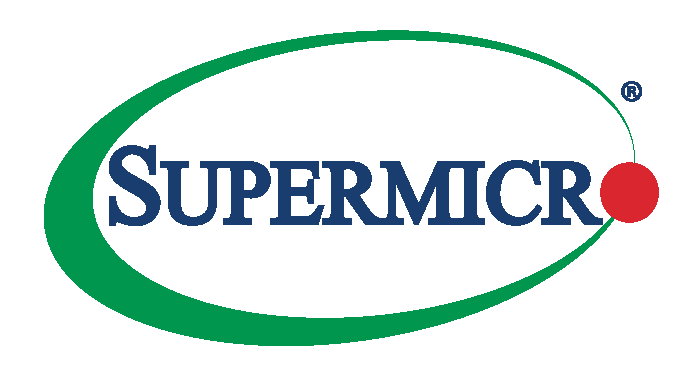AMD and Supermicro have made it easier to exploit the most advanced combination of GPU and CPU technologies.
Derek Bouius, a senior product manager at AMD, said “Using six nanometer processes and the CDNA2 graphics dies, we created the third generation of GPU chipsets that have more than twice the performance of previous GPU processors. They deliver 181 teraflops of mixed precision peak computing power.” Called the AMD Instinct MI210™ and AMD Instinct MI250™, they have twice the memory (64 GB) to work with and deliver data at the rate of 1.6 TB/sec. Both these accelerators are packaged as fourth generation PCIe expansion cards and come with direct connectors to Infinity Fabric bridges for faster I/O throughput between GPU cards -- without having their traffic go through the standard PCIe bus.
The Instinct accelerators have immediate benefit for improving performance in the most complex computational applications, such as molecular dynamics, computer-aided engineering, weather and oil and gas modeling.
"We provided optimized containerized applications that are pre-built to support the accelerator and run them out of the box," Bouius said. “It is a very easy lift to go from existing solutions to the AMD accelerator,” he added. It’s accomplished by bringing together AMD’s ROCm™ support libraries and tools with its HIP programming language and device drivers – all of which are open source. They can unlock the GPU performance enhancements to make it easier for software developers to take advantage of its latest processors. AMD offers a catalog of dozens of currently available applications.
Supermicro’s SuperBlade product line combines the new AMD Instinct™ GPU accelerators and AMD EPYC™ processors to deliver higher performance with lower latency for its enterprise customers.
One packaging option is to combine six chassis with 20 blades each, delivering 120 servers that provide a total of more than 3,000 teraflops of combined processing power. This equipment delivers more power efficiency in less space with fewer cables, providing a lower cost of ownership. The blade servers are all hot-pluggable and come with two onboard front-mounted 25 gigabit and two 10 gigabit Ethernet connectors.
“Everything is faster now for running enterprise workloads,” says Shanthi Adloori, senior director of product management for Supermicro. “This is why our Supermicro servers have won the world record in performance from the Standard Performance Evaluation Corp. three years in row.” Another popular design for the SuperBlade is to provide an entire “private cloud in a box” that combines administration and worker nodes and handles deploying a Red Hat Openshift platform to run Kubernetes-based deployments with minimal provisioning.
Related Resources




